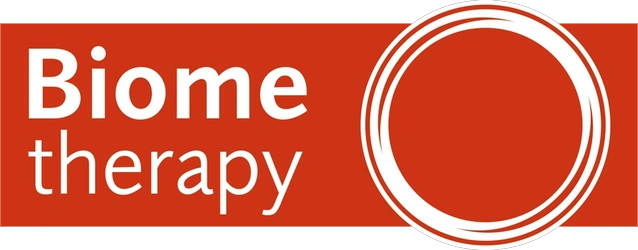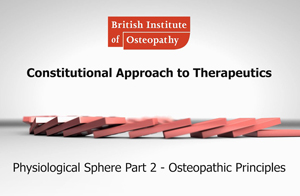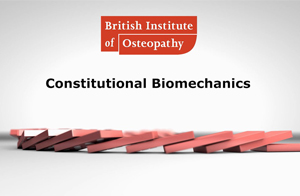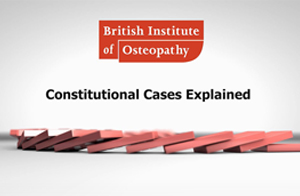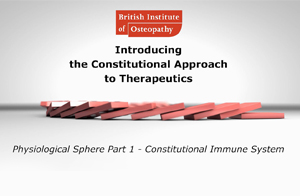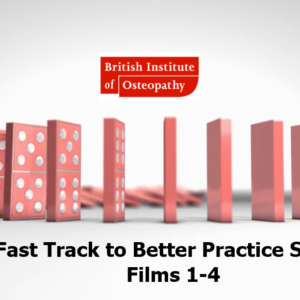Description
Overview
Medical physiology books cannot be used as the basis for constitutional therapies because they are too reductionist and focus on pathology rather than what patients actually need to be well.
The body is an interactive biome, not a list of separated unrelated, isolated specialisms. To understand how to make a constitutional diagnosis, we need physiological principles that incorporate and acknowledge the relationships you will need to know to practice effectively.
We explore constitutional principles of how the blood moves, how the viscera ‘talks’ and bring alive the range of principles from the ‘fields of diagnosis road map’. This equips you, the Practitioner to really unpack a case and understand why your patients are not well.
I have evolved this study of constitutional physiological principles to make clinical sense in the modern Osteopathic practice. This will help you to see more clearly, how to support the patient to regain their health.
Building On The Learning Journey
In this film we now build on the core ideas of the constitutional immune system with a strong set of physiological principles to deepen your understanding. When patients present you with their problems you will need a whole range of thinking tools to get to the root of the possible causes and this is the purpose of Film 2.
What You Will Learn
Why physiological principles are a necessary guide to both good diagnostic process and an accurate diagnosis. Principles help us to understand the clinical reactions your patients will unravel through, so you can keep control of the direction your patient is going in. They also guide you to making good clinical decisions, you cannot practice safely without them.
I use these principles every day in practice to map out a treatment plan for all of my patients. Thorough knowledge of the fields of reaction allows us to convey to the patient, with conviction, that we have a plan and we know what we are doing.
I demonstrate, using real case histories, how principles can easily translate into sound clinical understanding and help your journey to real practice satisfaction.
Which group of patients are we aiming at approaching on this course?
Each part of the 4 part film course is intended to give the practitioner enough underpinning theory and knowledge to be able to approach patients in groups 1 and 2 in the ‘cohorts of patients’.
For more information on the ‘cohorts of patients’ you can purchase the 3 diagnostic charts used throughout the course here:
Constitutional diagnostic charts
Film 2 Contents
- Vasomotion
- Core vasomotor principles
- The physical principles of blood and fluid movement
- The blood vessels and the nervous system
- Tools to use in practice
- The skin as a diagnostic field
- Osteopathic principles in action
- ‘Seeing vasomotion in action’ (Illustrated with cases)
- Visceramotion
- Key principles of visceramotion
- Useful visceramotor diagostic reflexes
- Treating the viscera constitutionally (Illustrated with cases)
- Secretormotion
- Diagnostic constitutional principles
- The neuroendocrine system
- Day to day action and emergency action
- Balancing the ‘overdrive’
- A unifying approach to diagnostics and treatment
- Diversity of symptoms explained
- Dietetics for day to day
- The reserve
- A factor to evaluating the prognosis
- Proximate principles
- The external factors that feed into diagnosis
